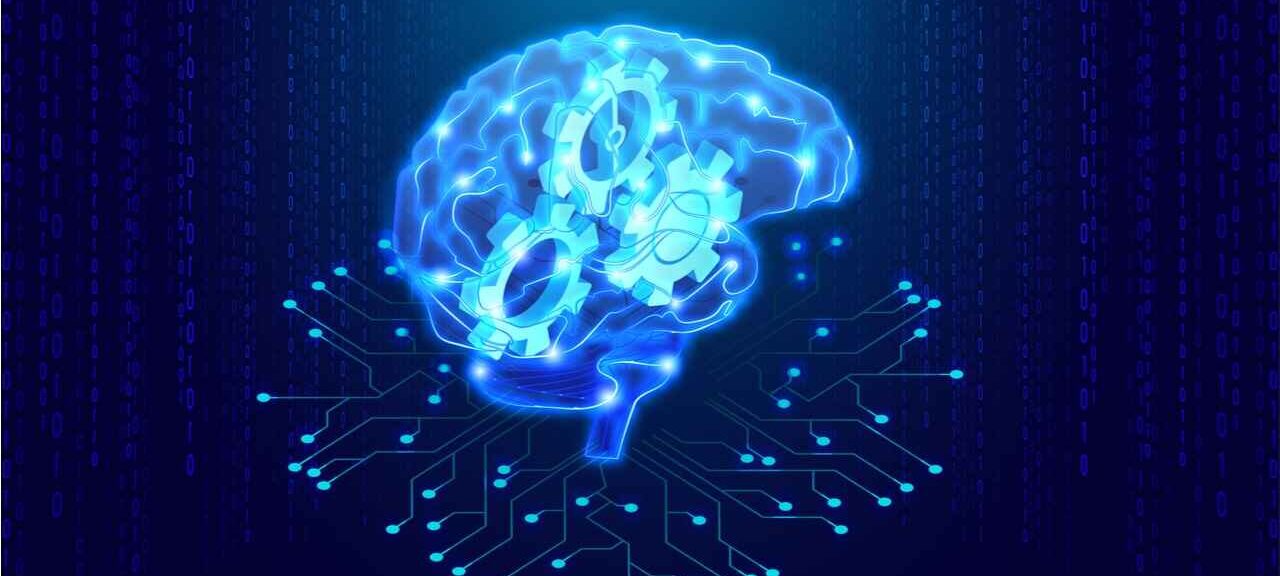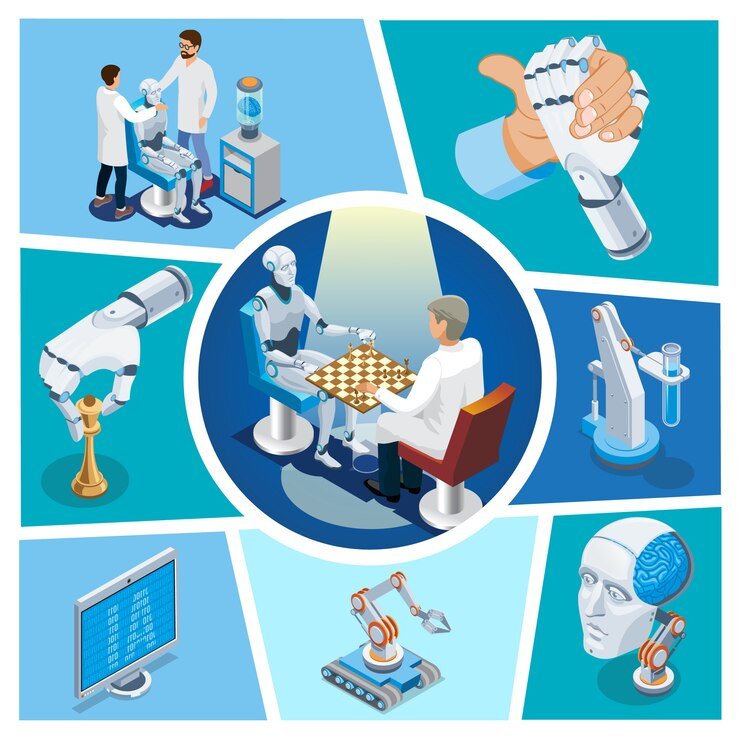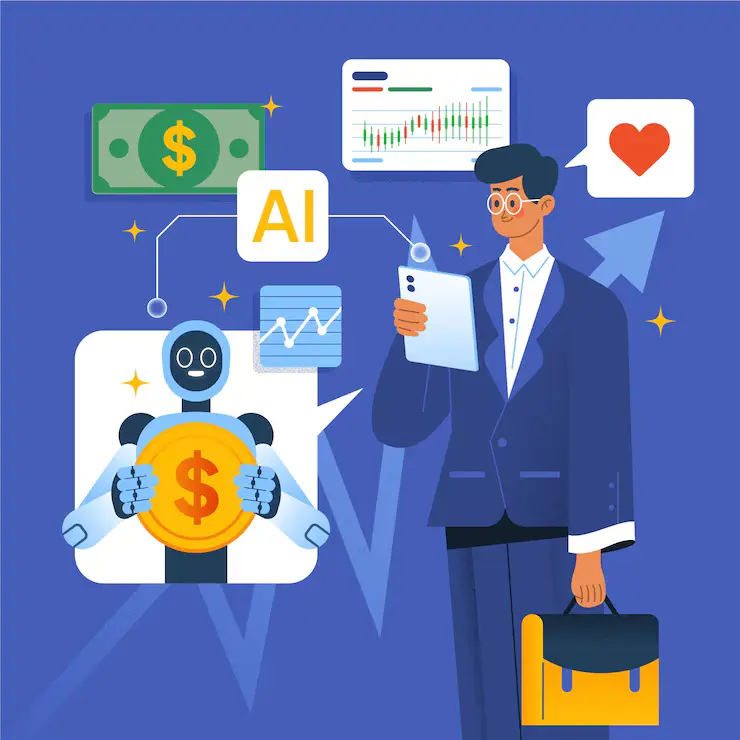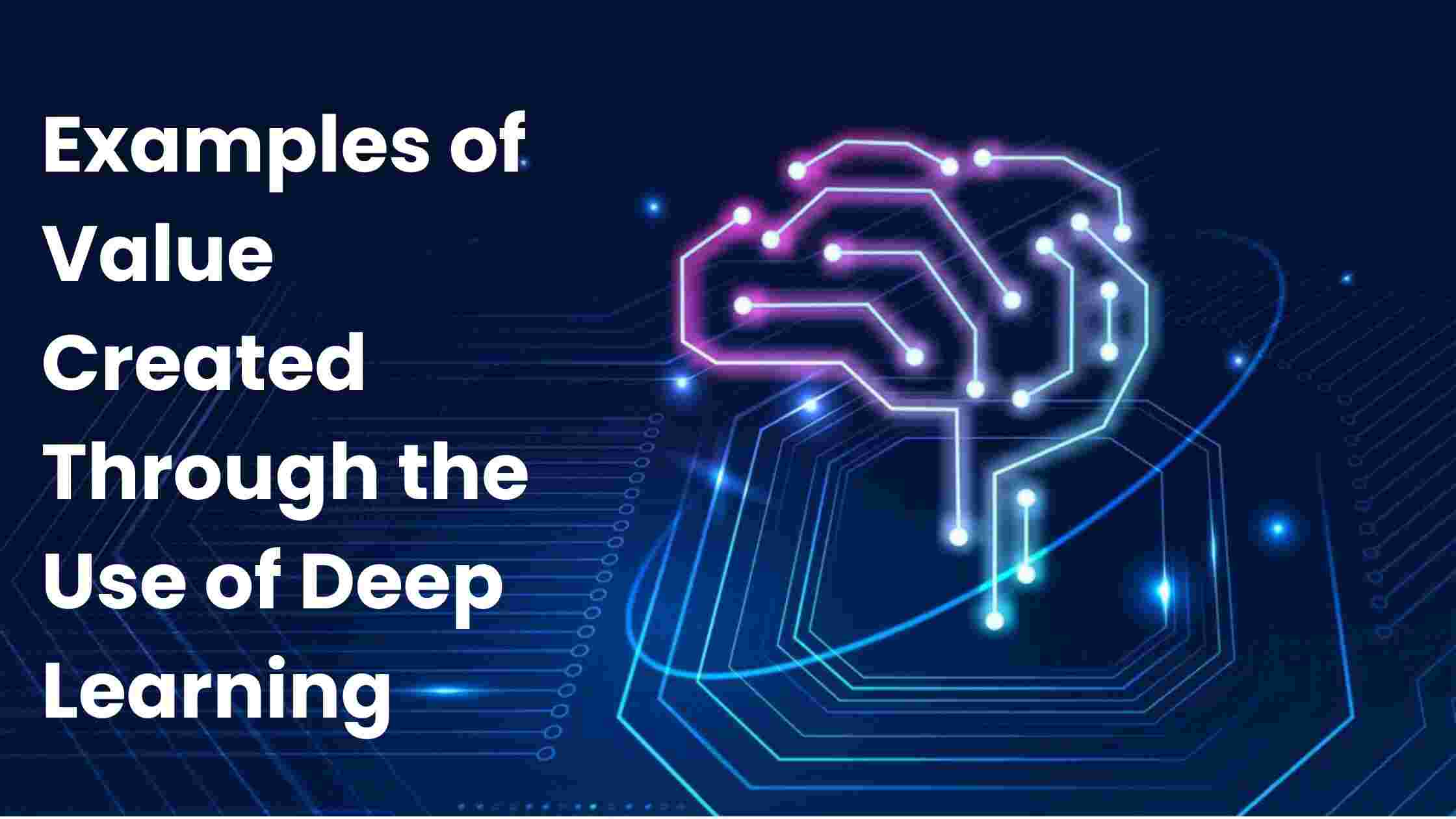Deep learning is a powerful tool that can solve complex problems. It uses artificial intelligence to learn from data and make decisions. Deep learning is creating value in many industries by doing things that humans cannot do easily.
Healthcare, Finance, Retail, and Transportation are examples of value created through the use of deep learning.
This blog post will show you some examples of how deep learning creates value. Deep learning even helps stores recommend products you might like. By the end, you will understand the real-world value that deep learning brings.
Understanding Deep Learning

Deep learning may sound complex, but it’s not as difficult as you might think. Here’s a simple explanation:
What is Deep Learning?
Deep learning is a type of artificial intelligence (AI). It uses algorithms (like neural networks) to analyze data and make decisions. The “deep” part means there are multiple layers that process the data.
How Does It Work?
Deep learning models study examples and learn from experience, just like humans. They identify patterns in the data and use them to make predictions or choices. The more data they analyze, the better they become at their task.
By breaking it down into simple terms, deep learning becomes more approachable. As you explore its real-world applications, you’ll gain a deeper understanding of this powerful technology.
Examples of Value Created Through the Use of Deep Learning
Example 1: Healthcare (Detecting Diseases Early)

Deep learning is making a big impact in healthcare. One example is detecting diseases from medical scans like X-rays and MRI images.
- Doctors look at these scans to find signs of diseases like cancer or heart problems.
- But it’s not always easy for humans to spot small changes or patterns.
- Deep learning models can analyze these scans in great detail.
- They can detect tiny abnormalities that even expert doctors might miss.
By finding diseases early, deep learning helps doctors make better treatment plans. Patients can get the care they need sooner, improving their chances of recovery.
Example 2: Finance (Preventing Fraud and Losses)

Banks and finance companies use deep learning to detect fraud and manage risks. Here’s how it works:
- Deep learning models study data on past transactions and fraudulent activities.
- They learn to recognize patterns that indicate suspicious behavior.
- When a new transaction happens, the model quickly analyzes it.
- If the model spots any red flags, it alerts the bank about potential fraud.
This proactive approach helps banks stop fraudsters before they can cause major losses. Deep learning makes financial systems more secure and trustworthy.
Example 3: Retail (Personalized Product Recommendations)

Have you ever shopped online and seen product recommendations tailored just for you? That’s the work of deep learning!
- Online stores collect data on your browsing and purchase history.
- Deep learning models analyze this data to understand your preferences.
- The models then suggest products you’re most likely to enjoy.
Personalized recommendations create value by improving the customer experience. You can easily find products you’ll love, and stores can boost their sales.
Example 4: Transportation (Self-Driving Cars)

One of the most exciting applications of deep learning is in self-driving cars. Deep learning powers the computer vision and decision-making capabilities that make autonomous vehicles possible.
- Self-driving cars use deep learning to detect objects like pedestrians, traffic lights, and other vehicles on the road.
- The deep learning models can quickly analyze the surroundings and make split-second decisions on steering, braking, or accelerating.
- This technology can drastically reduce accidents caused by human error or distraction.
Deep learning brings immense value by increasing road safety and saving lives. Self-driving cars also have the potential to reduce traffic congestion and emissions, making transportation more efficient and eco-friendly. As this technology advances, it will revolutionize how we get from one place to another.
Conclusion
In conclusion, the examples of value created through the use of deep learning showcased in this blog post demonstrate the transformative potential of this technology across various industries.
From detecting diseases early in healthcare to enabling self-driving cars in transportation, deep learning is solving complex problems and automating tasks, creating immense value by improving efficiency, accuracy, and decision-making capabilities.
As deep learning continues to advance, we can expect to witness even more innovative applications that generate substantial value for businesses and society.

Ajay Rathod loves talking about artificial intelligence (AI). He thinks AI is super cool and wants everyone to understand it better. Ajay has been working with computers for a long time and knows a lot about AI. He wants to share his knowledge with you so you can learn too!


Your article helped me a lot, is there any more related content? Thanks!
I like this weblog it’s a master piece! Glad I noticed this ohttps://69v.topn google.Blog range
Thank you for this insightful post! The information you provided is very useful and well-explained. I especially liked how you broke down complex concepts into easily understandable parts. Your writing is clear and concise, making it a pleasure to read. Keep up the great work.